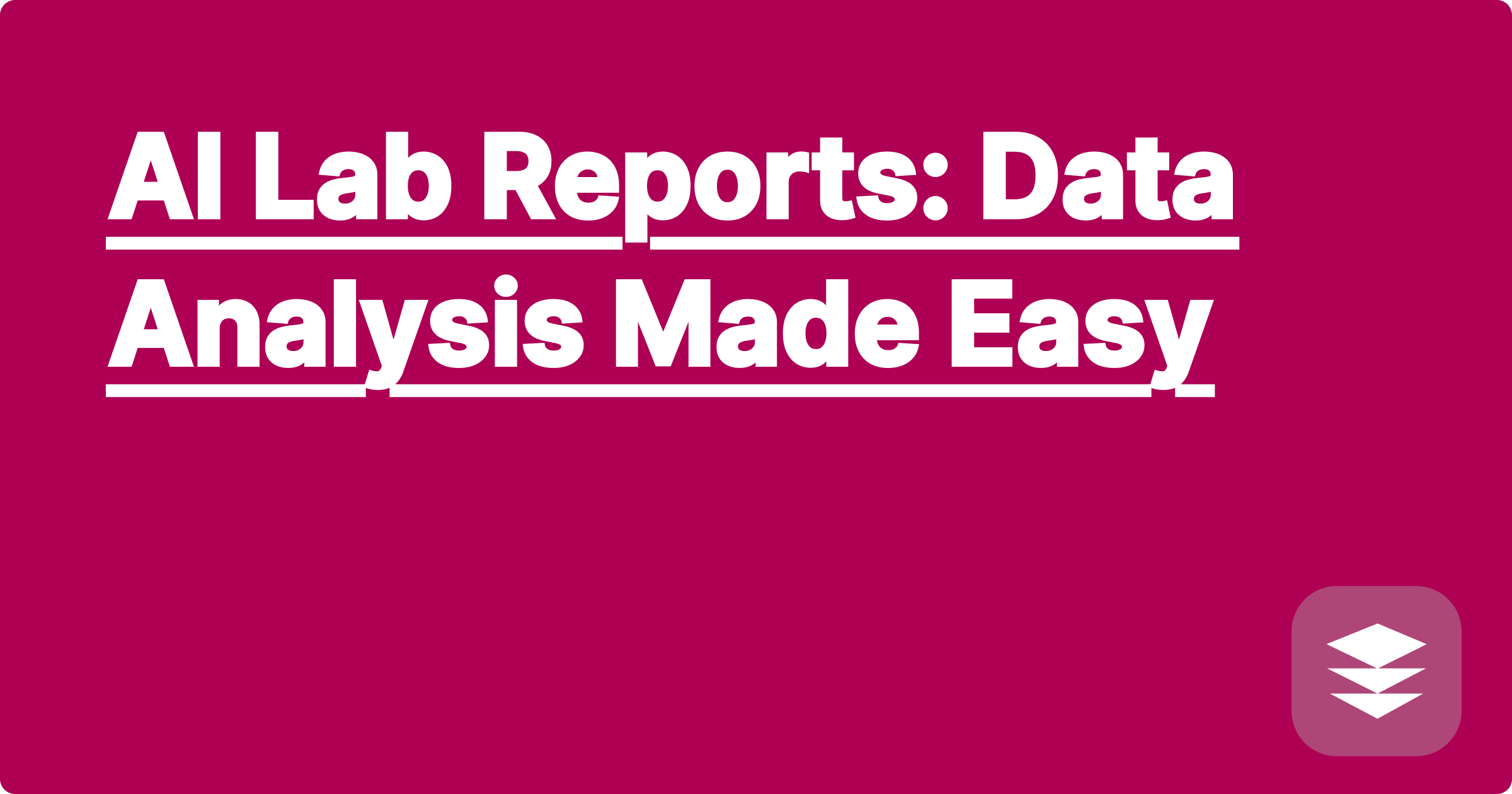
The demanding world of STEM education and research often leaves students feeling overwhelmed. Balancing complex coursework, rigorous lab work, and extensive research can be a constant struggle. The pressure to maintain a high GPA while contributing meaningfully to their field can lead to burnout and frustration. Fortunately, the rise of artificial intelligence offers a powerful new set of tools to help STEM students not only survive but thrive. AI can streamline workflows, automate tedious tasks, and provide personalized learning experiences, ultimately empowering students to achieve academic excellence and unlock their full potential.
This blog post explores how AI-powered platforms, like the hypothetical GPAI (Guided Personalized AI Interface), can revolutionize the way STEM students approach their studies and research. We'll delve into practical strategies for leveraging AI to enhance data analysis in lab reports, optimize time management, and even bolster mental well-being. From generating personalized study plans to automating literature reviews, AI can be a game-changer for ambitious STEM students. We'll examine specific use cases across various STEM disciplines, offering tangible examples and actionable advice to help you integrate AI into your academic journey.
STEM fields are inherently data-driven. Lab reports, a cornerstone of scientific communication, require meticulous data analysis and interpretation. Traditionally, this process involves manual calculations, spreadsheet manipulation, and painstaking graph creation, consuming valuable time and energy that could be better spent on higher-level thinking and experimentation. Furthermore, the sheer volume of research literature can be daunting, making it challenging to stay up-to-date with the latest advancements and identify relevant information for projects. These challenges are compounded by the pressure to maintain a high GPA, often leading to long nights, stress, and even anxiety.
AI offers a transformative solution to these challenges. Platforms like GPAI, and other existing tools like ChatGPT, Claude, and Wolfram Alpha, can automate many of the tedious aspects of data analysis and research. Imagine uploading your raw lab data into GPAI and instantly receiving descriptive statistics, generating insightful visualizations, and even identifying potential outliers or trends. GPAI can also assist with writing the lab report itself, suggesting improvements to clarity and conciseness. Furthermore, AI-powered research assistants can sift through mountains of literature, summarizing key findings and highlighting relevant papers, saving you countless hours of manual searching.
Let's consider a practical example. Suppose you're a chemistry student analyzing the results of a titration experiment. Instead of manually calculating concentrations and plotting graphs, you can upload your data into GPAI. The platform can automatically generate a table of results, including mean, standard deviation, and confidence intervals. It can then create publication-ready graphs, allowing you to visualize the data and identify any anomalies. GPAI can even compare your results with published data, providing context and insights. For research projects, tools like ChatGPT and Claude can help refine your research questions, generate literature review outlines, and even suggest potential avenues for further investigation. Wolfram Alpha can be invaluable for complex calculations and symbolic manipulations, especially in fields like physics and engineering.
A physics student could use an AI-powered simulation tool to model projectile motion, varying parameters like initial velocity and angle to explore their effects on trajectory. A biology student could leverage AI-powered image recognition software to analyze microscopic images of cells, automatically identifying different cell types and quantifying their distribution. A mathematics student could use Wolfram Alpha to verify complex integrals or solve differential equations, freeing up time to focus on understanding the underlying concepts. These examples illustrate the versatility of AI across various STEM disciplines.
To maximize the benefits of AI, integrate it strategically into your workflow. Start by identifying your biggest time sinks and pain points. Are you struggling with data analysis? Is literature review consuming too much time? Once you've pinpointed your challenges, explore AI tools that address those specific needs. Experiment with different platforms to find the ones that best suit your learning style and research goals. Remember, AI is a tool, not a replacement for critical thinking. Use it to augment your abilities, not to outsource your learning.
Conclude by emphasizing the importance of continuous learning and adaptation. The field of AI is constantly evolving, so staying up-to-date with the latest advancements is crucial. Embrace experimentation, explore new tools, and find innovative ways to integrate AI into your academic and research pursuits. By combining the power of AI with your own intellect and hard work, you can achieve unprecedented levels of academic success and contribute meaningfully to the advancement of STEM fields. Remember to prioritize mental well-being throughout this process. AI-powered mindfulness apps can be valuable tools for managing stress and maintaining a healthy work-life balance. Ultimately, AI empowers you to take control of your learning, unlock your full potential, and achieve your academic aspirations.
AI Time Manager: Optimize Study
AI Study Prep: Conquer STEM Exams
AI Homework Help: STEM Problem Solver
AI for Physics: Simulations & Models
AI Chem Help: Simulations & Models
Smart Study: AI Time Management
AI Lab Reports: Data Analysis Made Easy